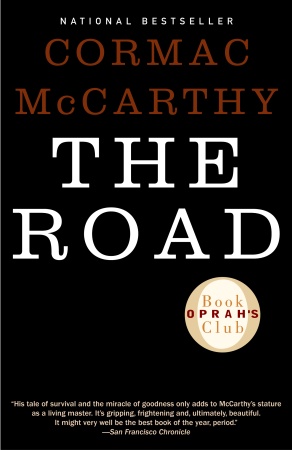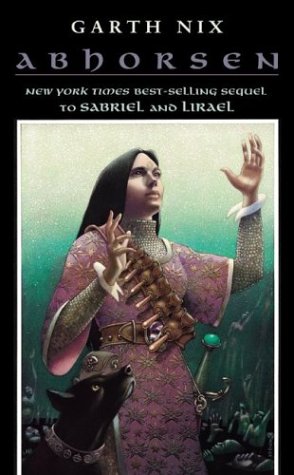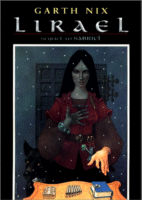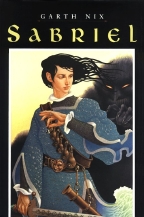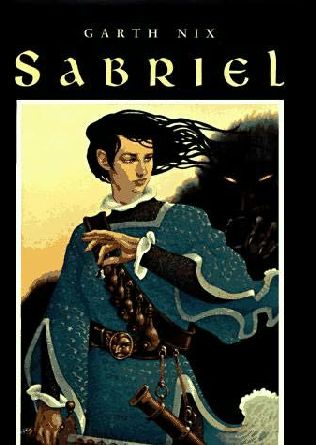#11
Title: War in the Blood: Sex, Politics and AIDS in Southeast Asia
Author: Chris Beyrer
Publisher: Zed Books
Year: 1998
Genre: Medical/Political
Title: War in the Blood: Sex, Politics and AIDS in Southeast Asia
Author: Chris Beyrer
Publisher: Zed Books
Year: 1998
Genre: Medical/Political
246 pages
+ Well written and engaging
- Now 9 years out of date, thus inaccurate
I wish that Chris Beyrer would publish an updated edition of this terrific book, or even a new edition with an additional chapter with timelines and significant events. One of the best books on HIV/AIDS I've ever read, largely because Beyrer infuses his facts with stories about people with HIV/AIDS who live in these countries, his own experiences as a researcher and interventionist, and the political surround in which violent juntas and opiates abound. At once emotionally intimate and broadly sweeping, this book loses none of its urgency or poignancy despite its outdated numbers and descriptions of the political climate. Some reviewers have found it rambling but that wasn't my experience. After an introduction, Beyrer moves through Southeast Asia country by country, describing the presumed origins and spread of HIV in that country, and how its public policy, drug, prostitution, slavery, poverty, and military characteristics shape AIDS education, prevention, and treatment. He then moves to chapters on particular groups at risk across the countries, and concludes with sociopolitical analysis of human rights issues in the region and their ties to Western capitalism. It's an engrossing read, one I began in 2006 and looked forward to finishing, saving it as a treat. After the wretched Stout book reviewed below, it was an even greater pleasure.
I wish that Chris Beyrer would publish an updated edition of this terrific book, or even a new edition with an additional chapter with timelines and significant events. One of the best books on HIV/AIDS I've ever read, largely because Beyrer infuses his facts with stories about people with HIV/AIDS who live in these countries, his own experiences as a researcher and interventionist, and the political surround in which violent juntas and opiates abound. At once emotionally intimate and broadly sweeping, this book loses none of its urgency or poignancy despite its outdated numbers and descriptions of the political climate. Some reviewers have found it rambling but that wasn't my experience. After an introduction, Beyrer moves through Southeast Asia country by country, describing the presumed origins and spread of HIV in that country, and how its public policy, drug, prostitution, slavery, poverty, and military characteristics shape AIDS education, prevention, and treatment. He then moves to chapters on particular groups at risk across the countries, and concludes with sociopolitical analysis of human rights issues in the region and their ties to Western capitalism. It's an engrossing read, one I began in 2006 and looked forward to finishing, saving it as a treat. After the wretched Stout book reviewed below, it was an even greater pleasure.





